Home>Gardening & Outdoor>Pool & Spa Care>What Temperature To Keep Hot Tub When Not In Use
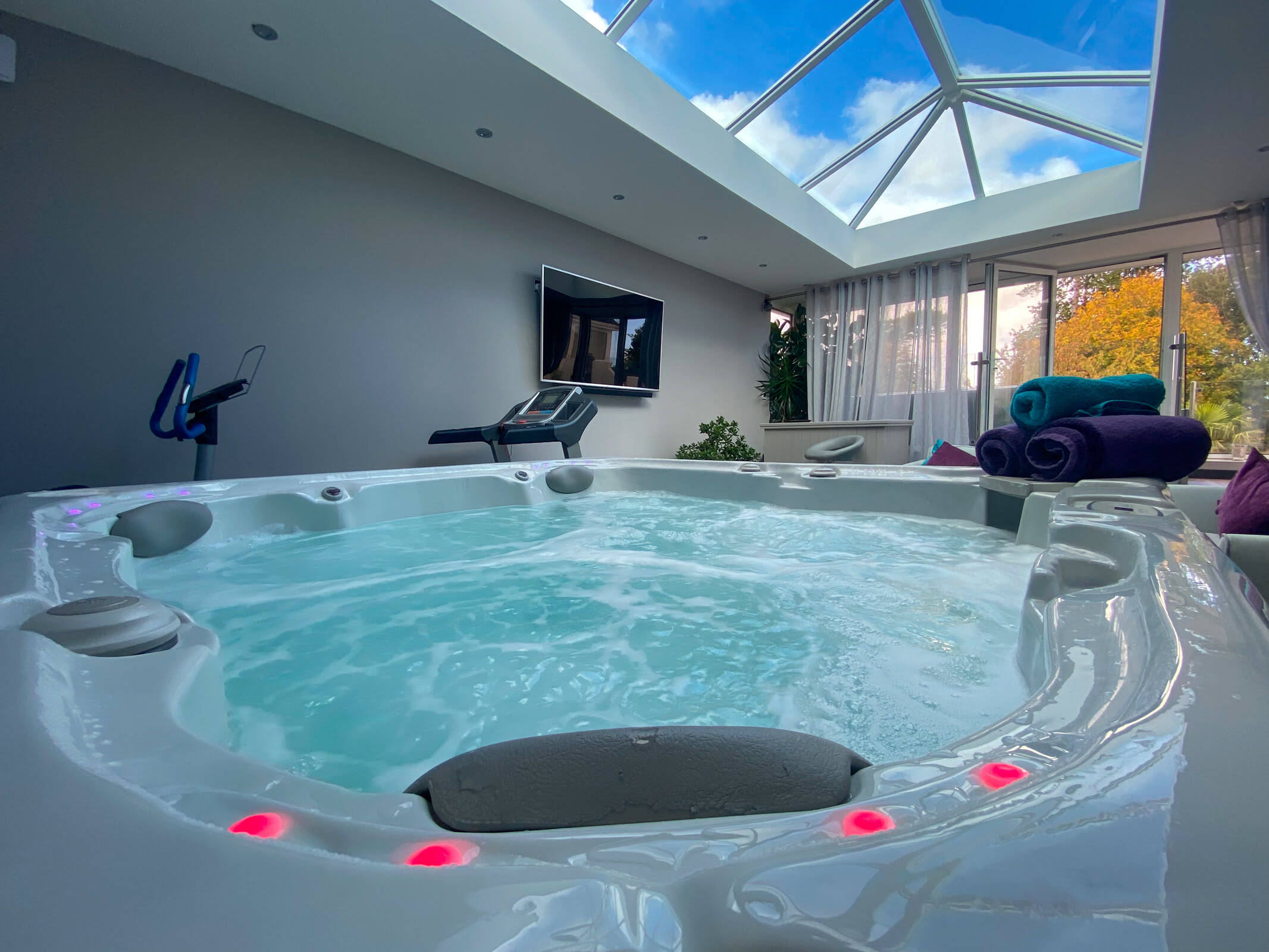

Pool & Spa Care
What Temperature To Keep Hot Tub When Not In Use
Modified: January 9, 2024
Maintain your hot tub at an optimal temperature when not in use with our expert pool and spa care tips. Save energy and keep your hot tub ready for relaxation!
(Many of the links in this article redirect to a specific reviewed product. Your purchase of these products through affiliate links helps to generate commission for Storables.com, at no extra cost. Learn more)
**
Introduction
**
When it comes to enjoying the luxury and relaxation of a hot tub, maintaining the ideal temperature is crucial. Whether you use your hot tub daily or only on special occasions, understanding the optimal temperature for when it's not in use is essential for proper care and energy efficiency. In this article, we will explore the significance of maintaining the right hot tub temperature, factors to consider when setting the temperature, the ideal temperature for when the hot tub is not in use, and valuable tips for effectively maintaining the temperature. Let's dive in and discover the best practices for keeping your hot tub at the perfect temperature, even when it's not in use.
**
Key Takeaways:
- Maintain your hot tub temperature even when not in use to save energy, preserve water quality, and ensure immediate enjoyment. Consider factors like user preferences, climate, and health for the ideal temperature setting.
- Keep your hot tub at the recommended temperature range of 80°F to 100°F when not in use. Use insulation, cover, and regular maintenance to promote energy efficiency and a cost-effective spa experience.
Importance of Maintaining Hot Tub Temperature
**
Proper maintenance of the hot tub temperature is essential for several reasons. Firstly, maintaining the recommended temperature when the hot tub is not in use helps to preserve the water quality. When the water temperature is within the optimal range, it inhibits the growth of bacteria and algae, ensuring that the water remains clean and safe for use.
Furthermore, keeping the hot tub at the right temperature even when it’s not in use contributes to energy efficiency. A well-maintained temperature reduces the frequency of heating cycles, which can significantly lower energy consumption and operating costs. This not only benefits the environment but also helps to minimize electricity expenses, making hot tub ownership more sustainable and cost-effective.
Additionally, maintaining the ideal temperature when the hot tub is not in use ensures that the water is ready for immediate enjoyment. Instead of waiting for the water to heat up to the desired temperature before each use, keeping it consistently warm allows for spontaneous relaxation and enjoyment, enhancing the overall hot tub experience.
Moreover, proper temperature maintenance helps to protect the hot tub equipment and components. Fluctuating temperatures can put strain on the heating system and other vital parts, potentially leading to premature wear and tear. By keeping the hot tub at the recommended temperature, you can prolong the lifespan of the equipment and minimize the need for repairs, ultimately saving time and money.
Overall, maintaining the hot tub temperature, even when it’s not in use, is crucial for water quality, energy efficiency, convenience, and equipment longevity. By understanding the significance of temperature maintenance, hot tub owners can ensure a consistently enjoyable and cost-effective spa experience.
**
Factors to Consider When Setting Hot Tub Temperature
**
When determining the appropriate temperature for your hot tub, several factors should be taken into consideration to ensure optimal comfort, safety, and efficiency. Understanding these factors can help you make informed decisions regarding the temperature settings for your hot tub.
1. User Preferences: Consider the preferences of the individuals who will be using the hot tub. Some may prefer a slightly lower temperature for a refreshing soak, while others may enjoy a warmer, more therapeutic experience. It’s important to find a balance that accommodates the preferences of all users.
2. Climate and Season: The climate and season in your region play a significant role in determining the ideal hot tub temperature. In colder climates, a higher temperature may be preferred to counter the chilly weather, while in warmer regions, a slightly lower temperature may be more comfortable.
3. Health Considerations: Take into account any health considerations or medical conditions that may affect the ideal hot tub temperature for you and your fellow hot tub users. For example, individuals with certain health conditions may benefit from a lower temperature to avoid overheating, while others may require a higher temperature for therapeutic purposes.
4. Energy Efficiency: Striking a balance between comfort and energy efficiency is crucial. Setting the temperature too high can lead to increased energy consumption, while a temperature that is too low may compromise comfort. Finding the optimal temperature that ensures both comfort and energy efficiency is key.
5. Hot Tub Usage Frequency: The frequency of hot tub usage can influence the temperature setting. If the hot tub is used regularly, maintaining a consistent temperature may be more practical. However, if the hot tub is not used frequently, adjusting the temperature during periods of non-use can help conserve energy.
By considering these factors when setting the hot tub temperature, you can tailor the experience to meet the preferences and needs of the users while maximizing energy efficiency and comfort. Understanding the interplay of these factors is essential for achieving an enjoyable and sustainable hot tub experience.
**
It is recommended to keep the hot tub temperature around 80-85°F when not in use to save energy and maintain water quality. This prevents the water from becoming too cold and reduces the time and energy needed to heat it back up for use.
Ideal Temperature for Hot Tub When Not in Use
**
When your hot tub is not in use, maintaining the ideal temperature is essential for preserving water quality, energy efficiency, and the overall condition of the spa. The recommended temperature for a hot tub when it’s not in use typically ranges between 80°F (26.7°C) and 100°F (37.8°C), depending on various factors such as climate, user preferences, and energy considerations.
One common approach is to set the hot tub temperature at the lower end of the recommended range, around 80°F (26.7°C), during periods of non-use. This temperature range helps to conserve energy while preventing the water from becoming stagnant and promoting bacterial growth. By maintaining a moderate temperature, the hot tub remains ready for use while minimizing energy consumption.
However, in colder climates or during the winter season, setting the temperature slightly higher, around 85°F (29.4°C) to 90°F (32.2°C), may be more suitable to prevent the water from freezing and to ensure that the hot tub components remain protected from potential damage caused by extreme cold temperatures.
It’s important to note that while lowering the temperature during periods of non-use can help save energy, it’s essential to avoid drastic temperature fluctuations, as this can lead to increased energy consumption when reheating the water. Striking a balance between energy conservation and maintaining a comfortable and safe temperature is key to effective hot tub temperature management when the spa is not in use.
By adhering to the recommended temperature range and considering the specific climate and usage patterns, hot tub owners can ensure that their spa remains in optimal condition, ready for enjoyment, while minimizing energy costs and environmental impact.
**
Tips for Maintaining Hot Tub Temperature
**
Effectively maintaining the hot tub temperature, especially during periods of non-use, is essential for preserving water quality, energy efficiency, and the overall functionality of the spa. Here are some valuable tips to help you keep your hot tub at the ideal temperature:
- Regular Monitoring: Check the hot tub temperature regularly, even during periods of non-use, to ensure that it remains within the recommended range. This proactive approach allows you to address any temperature fluctuations promptly.
- Insulation: Ensure that the hot tub and its components are well-insulated to minimize heat loss. Proper insulation can help maintain the water temperature and reduce the frequency of heating cycles, contributing to energy efficiency.
- Cover Usage: Utilize a high-quality, well-fitted cover when the hot tub is not in use to prevent heat loss. A durable cover acts as a barrier against temperature fluctuations and helps retain the warmth of the water, reducing the need for frequent reheating.
- Adjusting Temperature: During extended periods of non-use, consider lowering the temperature within the recommended range to conserve energy. However, avoid drastic temperature adjustments, as this can lead to increased energy consumption when reheating the water for future use.
- Routine Maintenance: Keep the hot tub and its heating system well-maintained to ensure optimal performance. Regularly servicing the equipment, including the heater and thermostat, can help prevent temperature-related issues and maintain energy efficiency.
- Consider Climate: Take into account the climate and seasonal variations when managing the hot tub temperature. Adjust the temperature settings accordingly to accommodate changes in weather and environmental conditions.
- Energy-Efficient Heating: If replacing or upgrading the hot tub heater, consider investing in an energy-efficient model. Modern, energy-efficient heaters can help minimize energy consumption while effectively maintaining the desired temperature.
- Professional Advice: Consult a professional hot tub technician or specialist for guidance on temperature management and energy-efficient practices. Their expertise can provide valuable insights tailored to your specific hot tub and usage patterns.
By implementing these tips, hot tub owners can effectively maintain the ideal temperature, promote energy efficiency, and prolong the longevity of their spa. Consistent temperature management and proactive maintenance contribute to a reliable, cost-effective, and enjoyable hot tub experience.
**
Read more: What Should The Temperature Of A Hot Tub Be
Conclusion
**
Maintaining the ideal temperature for your hot tub, even when it’s not in use, is a fundamental aspect of responsible spa ownership. By understanding the importance of temperature maintenance, considering various factors when setting the temperature, and implementing effective strategies for temperature management, hot tub owners can ensure water quality, energy efficiency, and an overall enjoyable spa experience.
Consistently monitoring the hot tub temperature, utilizing proper insulation and cover usage, and considering climate variations are essential practices for maintaining the recommended temperature range. Additionally, adjusting the temperature during periods of non-use, while prioritizing energy efficiency and user comfort, contributes to sustainable hot tub ownership.
By adhering to the recommended temperature range, considering user preferences, health considerations, and energy efficiency, and implementing proactive maintenance measures, hot tub owners can create an environment that promotes relaxation, well-being, and cost-effective spa enjoyment.
Ultimately, maintaining the ideal hot tub temperature when the spa is not in use is a proactive and responsible approach that ensures water quality, energy efficiency, and the longevity of the hot tub equipment. By incorporating these best practices into your hot tub care routine, you can enjoy the countless benefits of a well-maintained and inviting spa, ready for relaxation and rejuvenation whenever you desire.
Frequently Asked Questions about What Temperature To Keep Hot Tub When Not In Use
Was this page helpful?
At Storables.com, we guarantee accurate and reliable information. Our content, validated by Expert Board Contributors, is crafted following stringent Editorial Policies. We're committed to providing you with well-researched, expert-backed insights for all your informational needs.
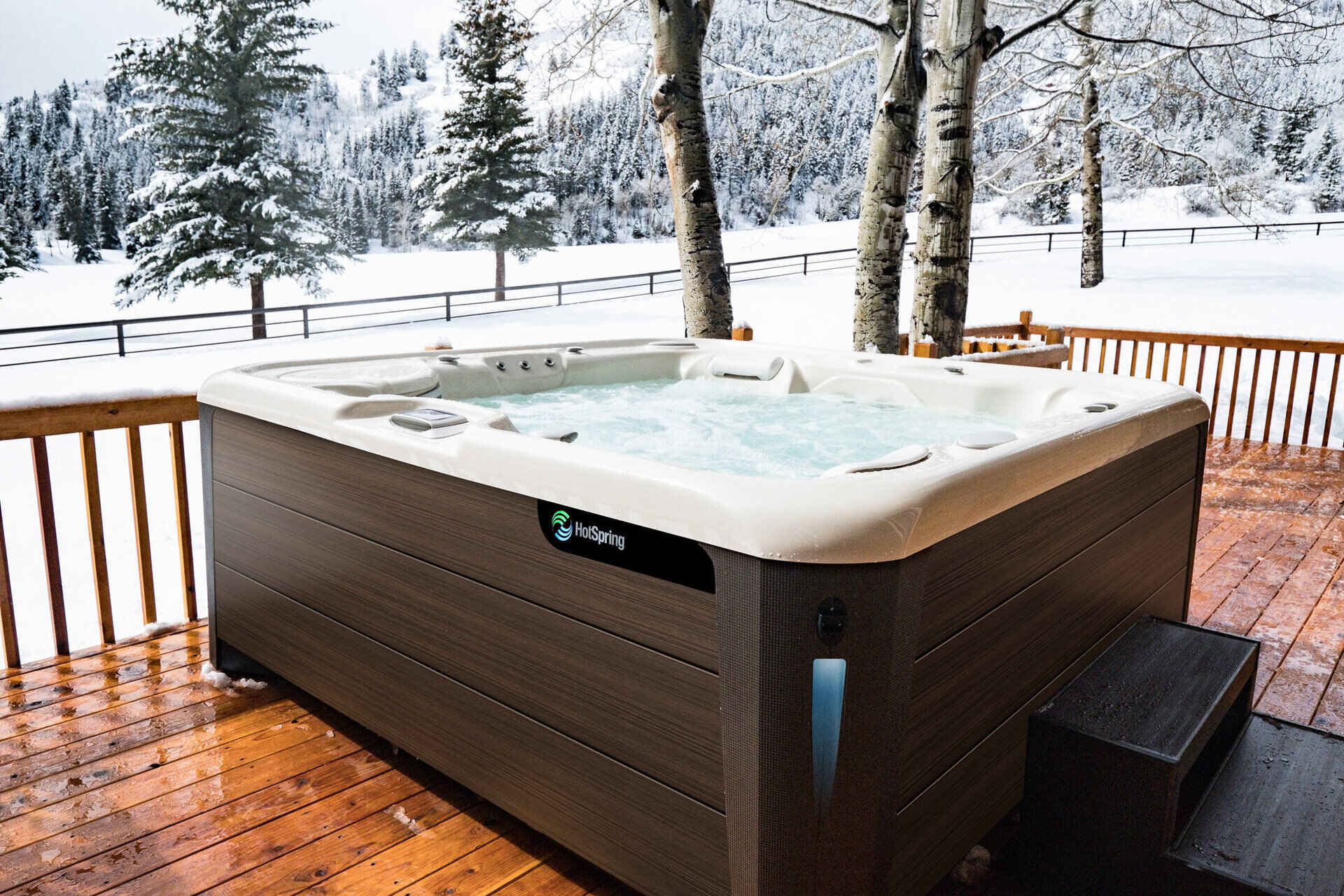
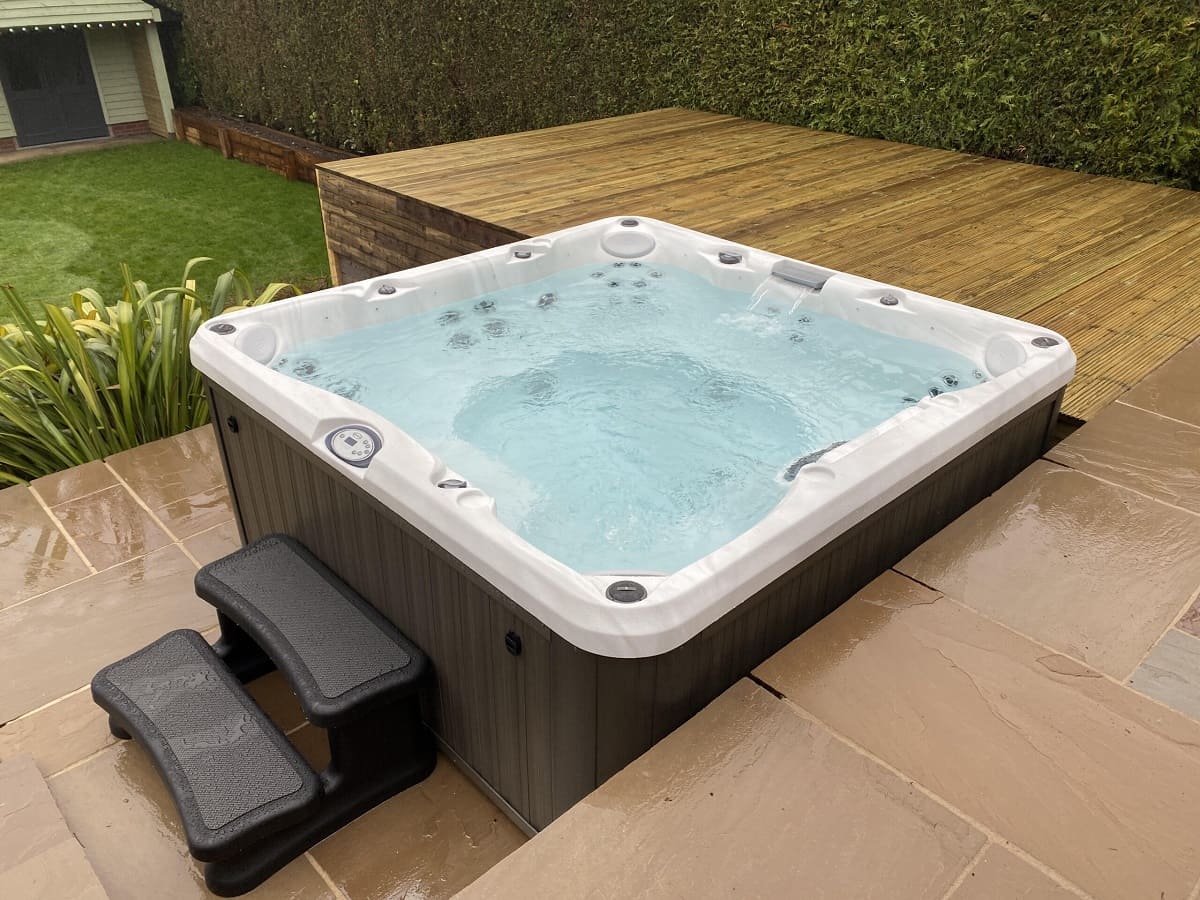
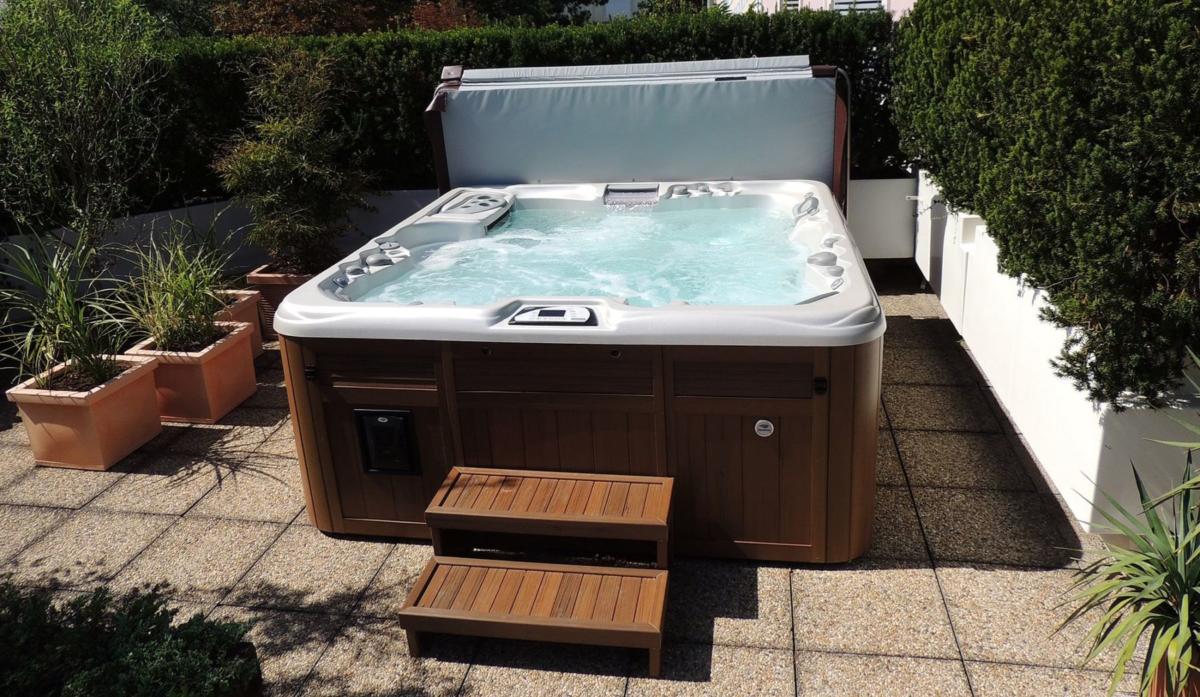
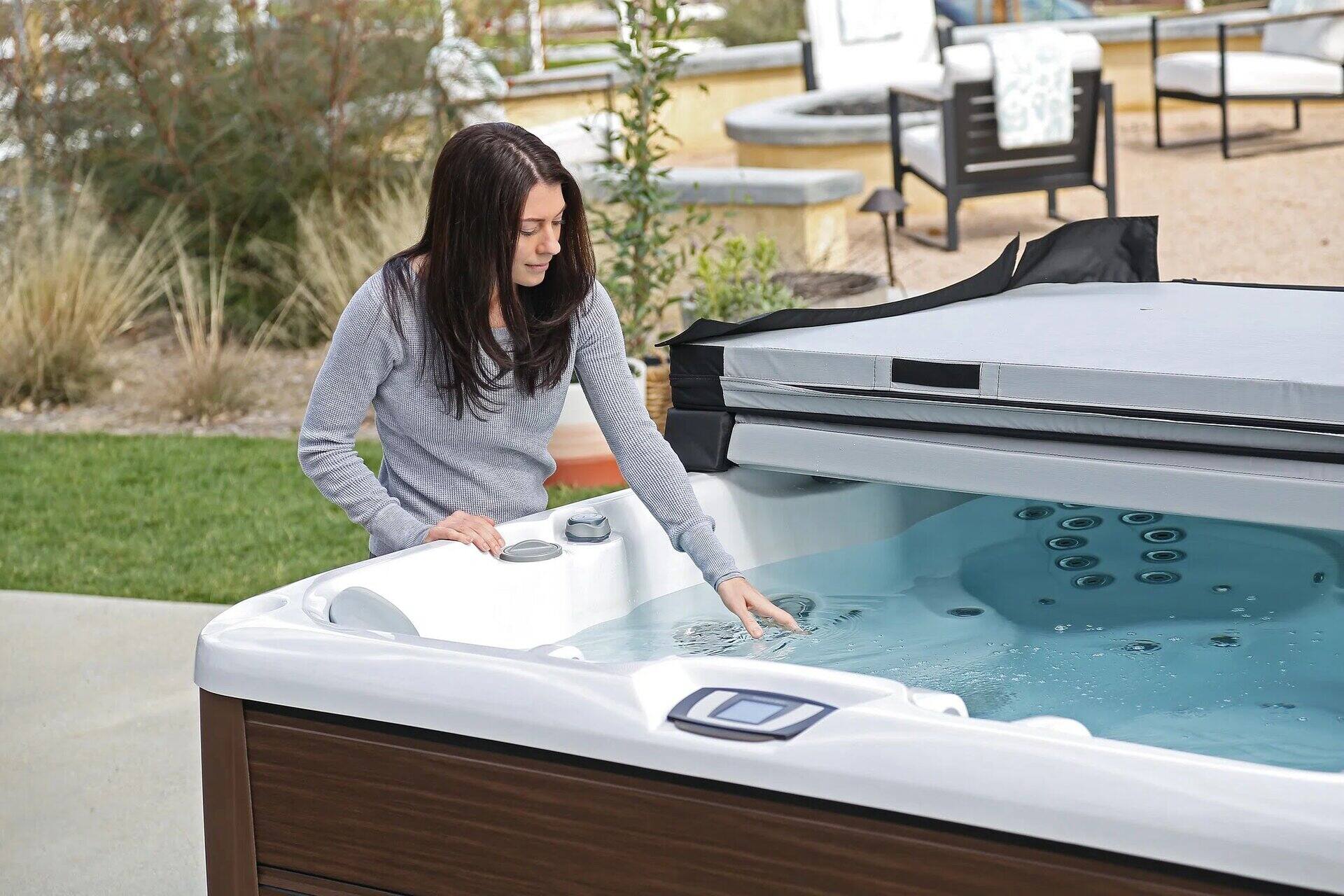
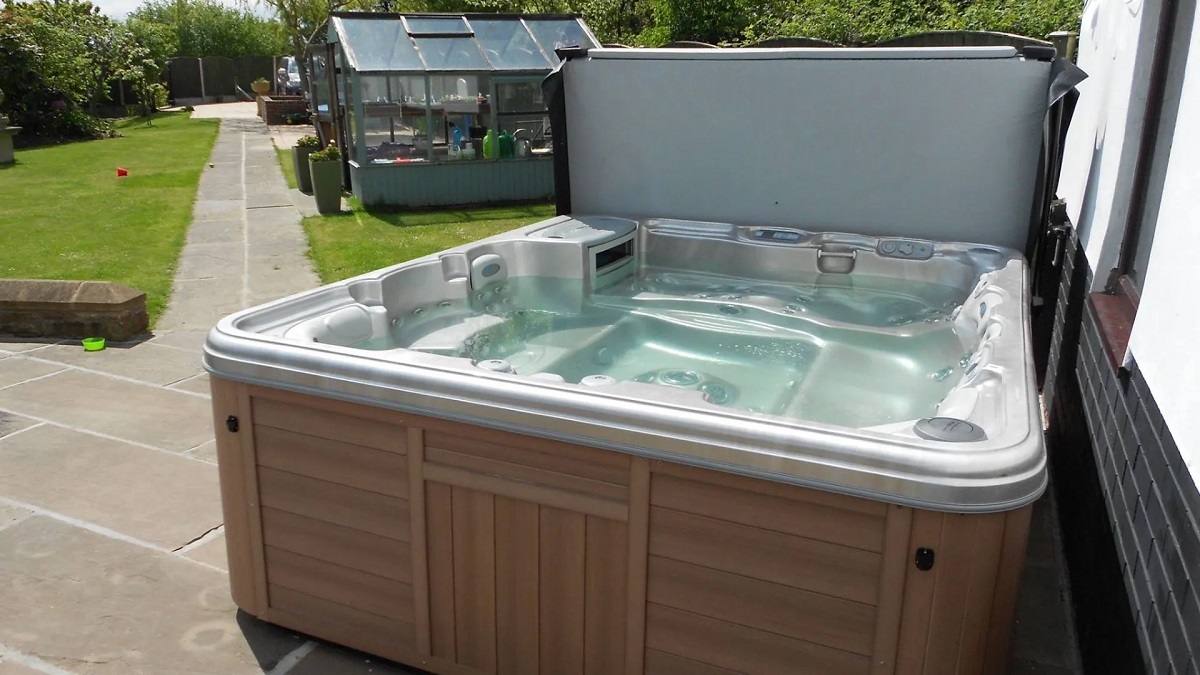
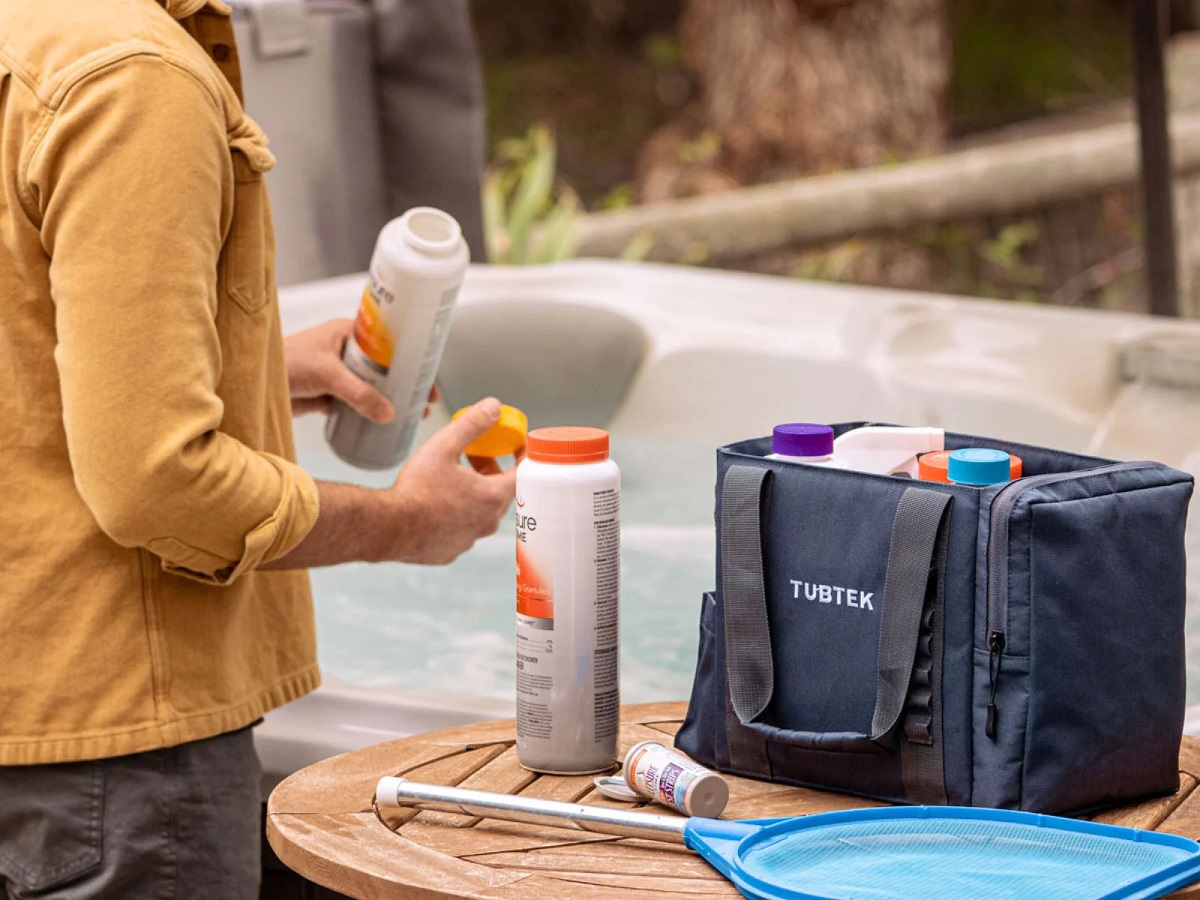
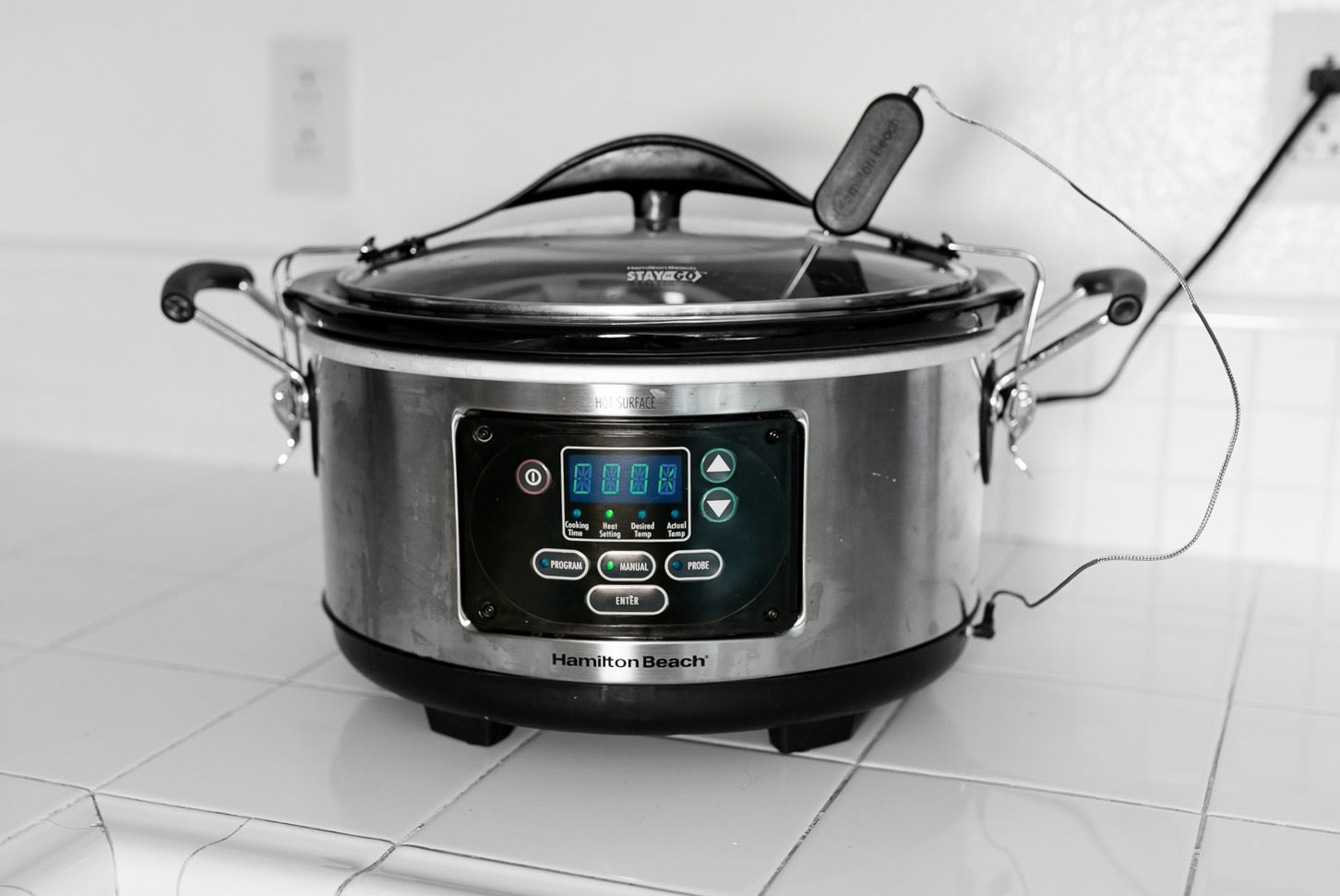
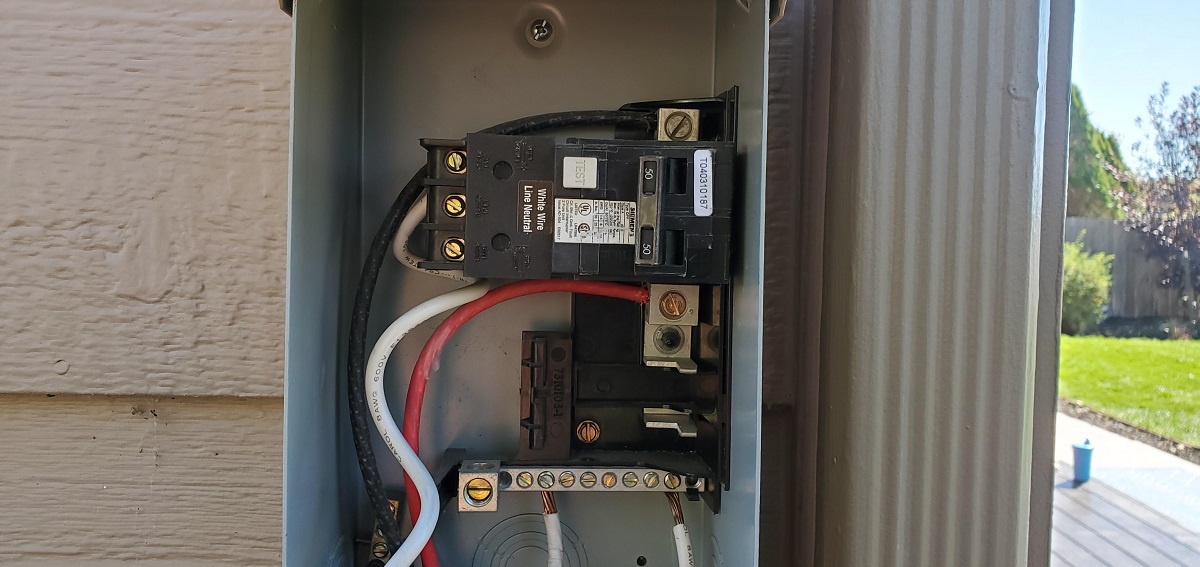
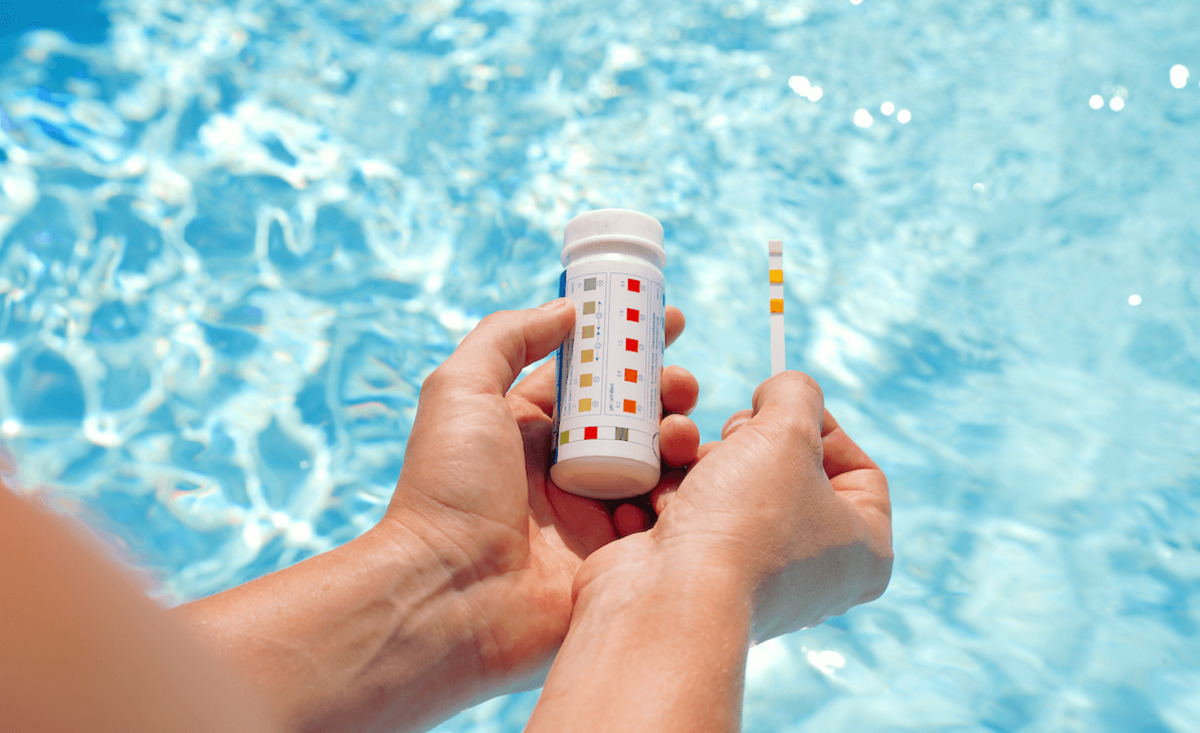
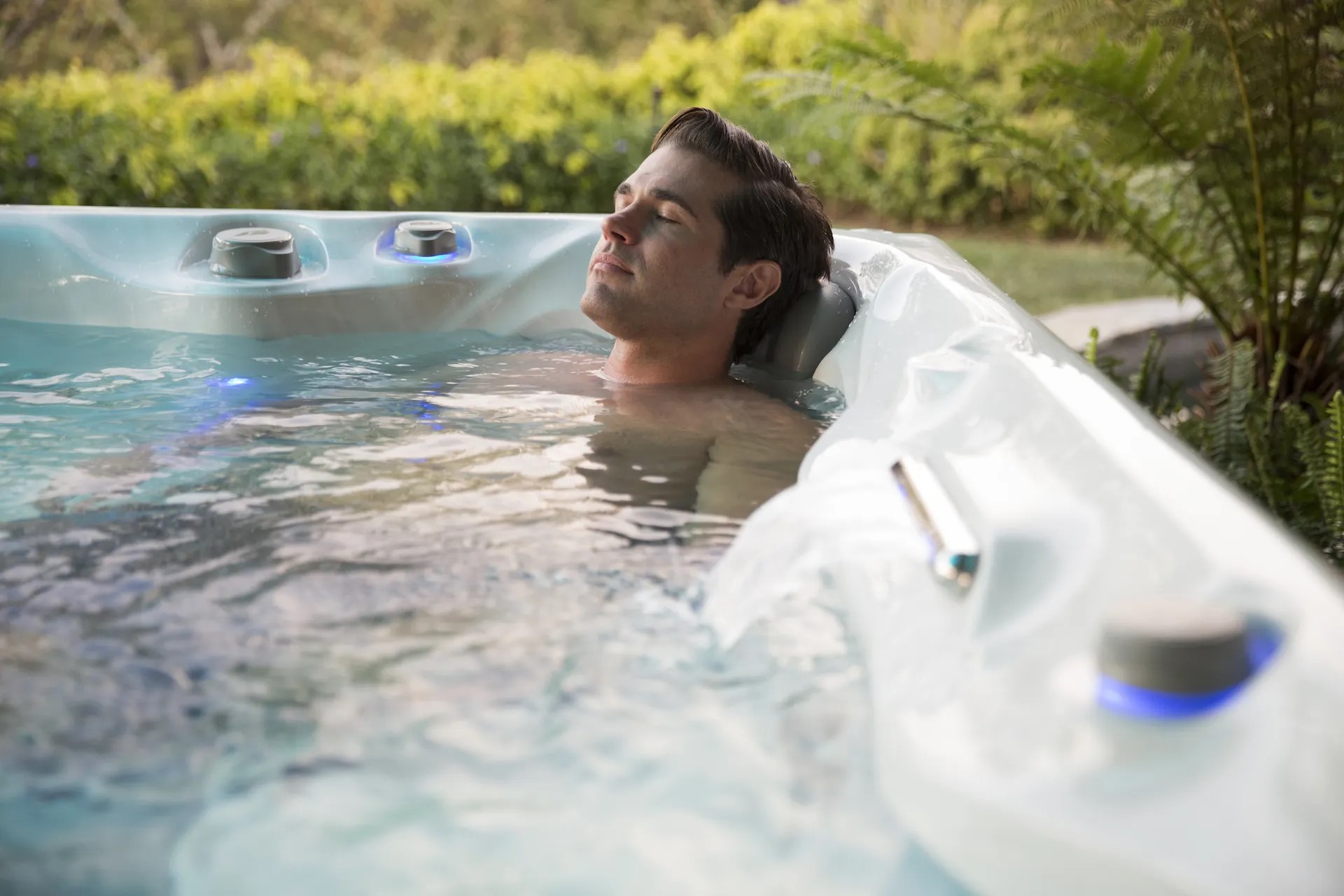
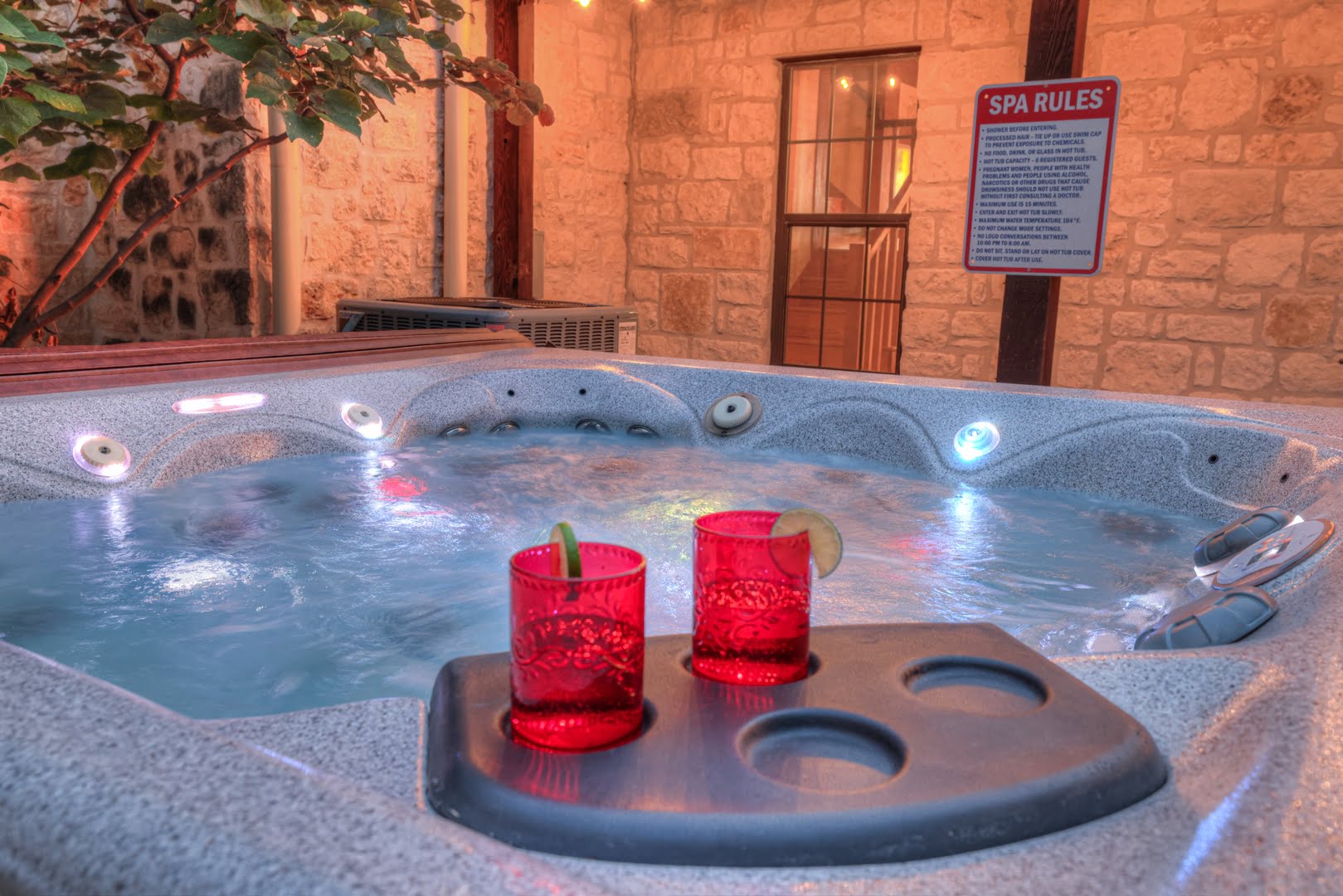
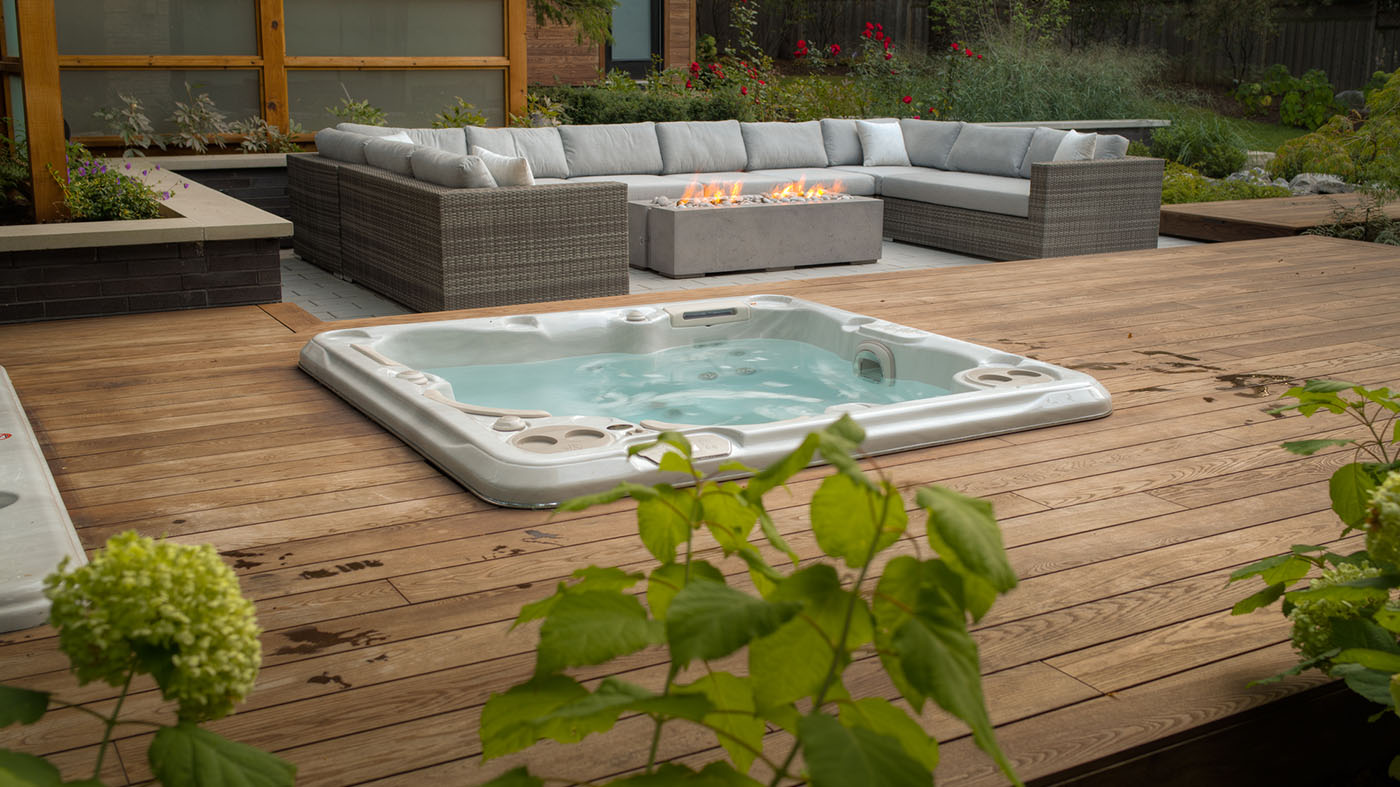
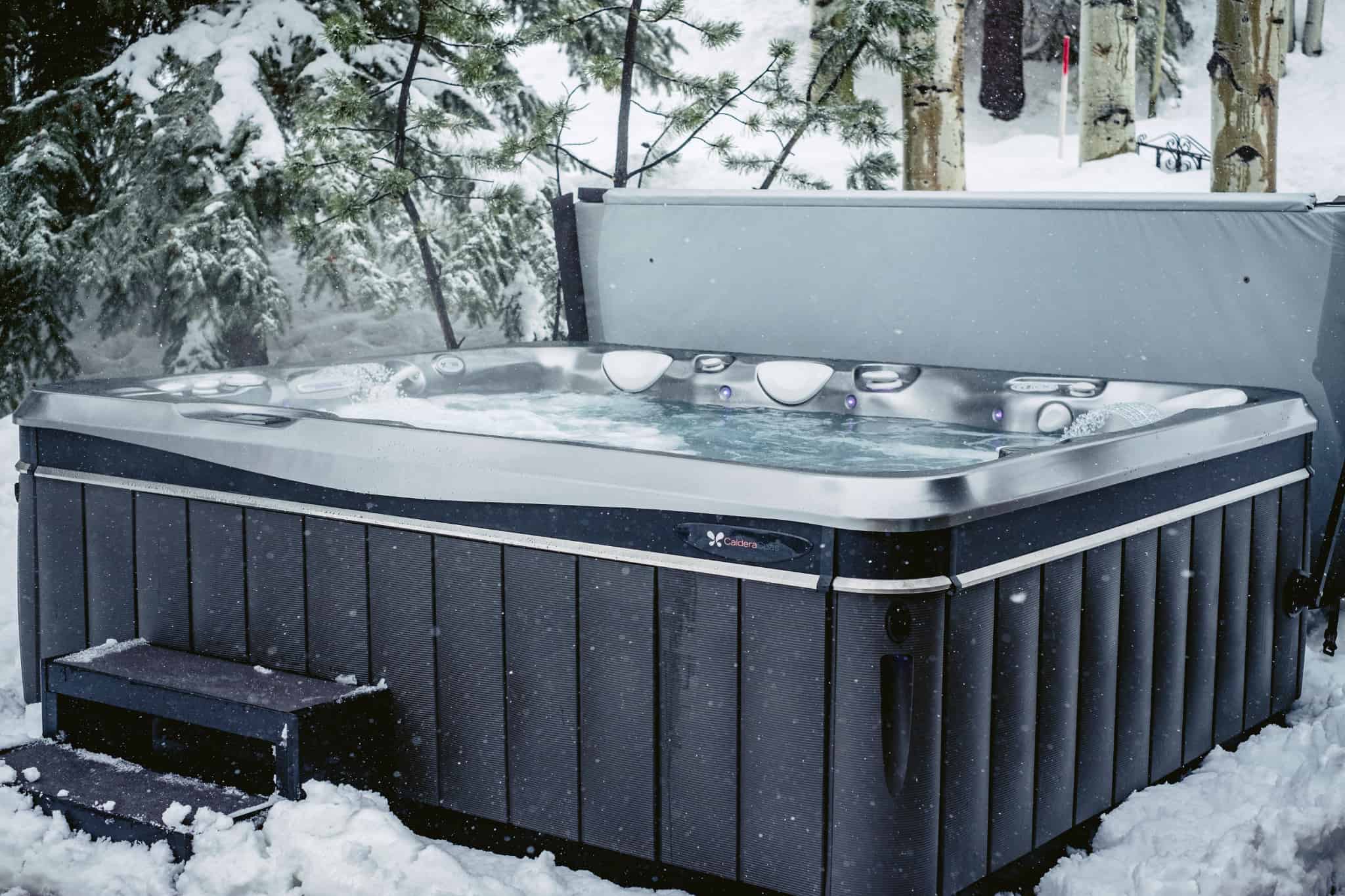
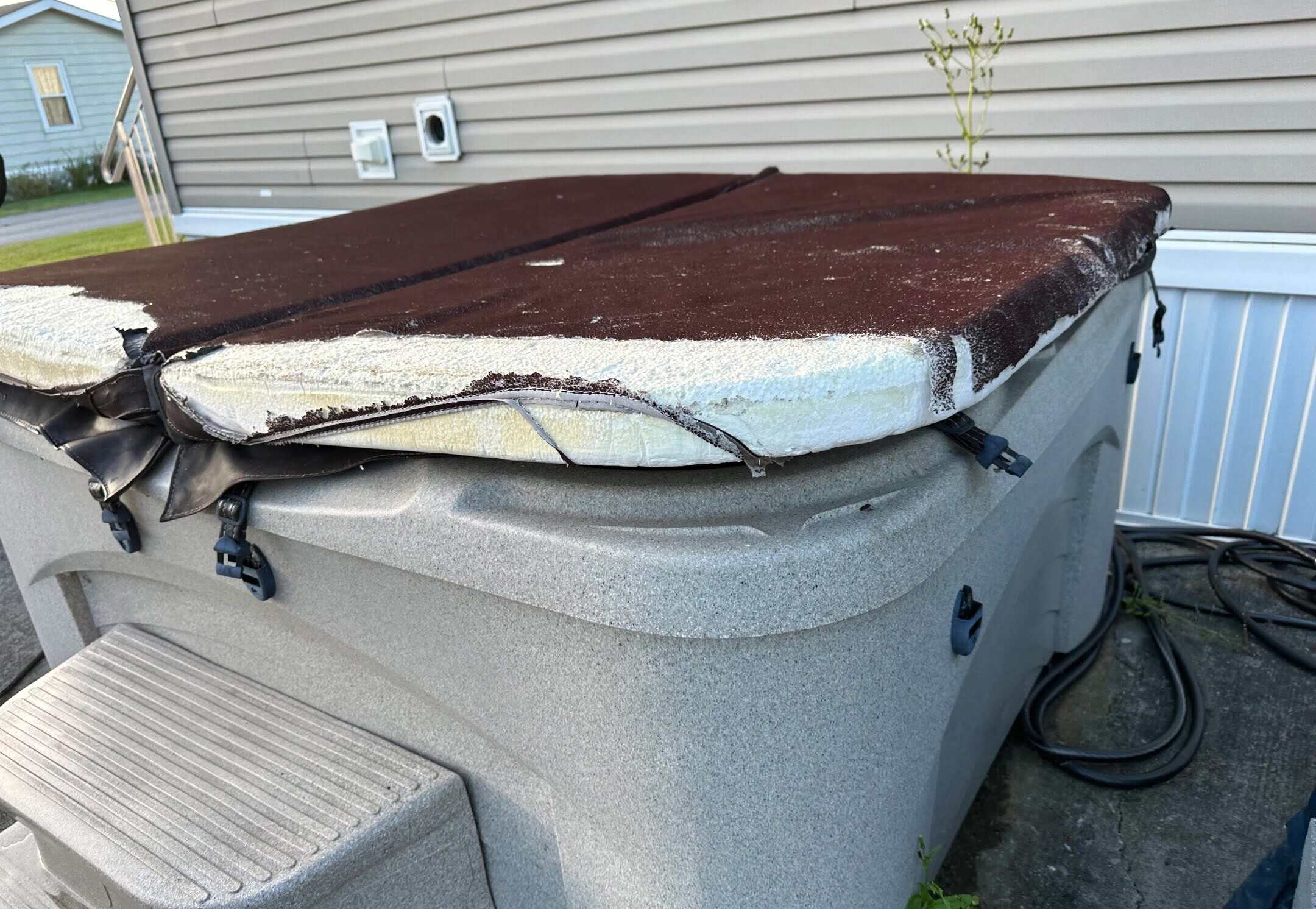

0 thoughts on “What Temperature To Keep Hot Tub When Not In Use”